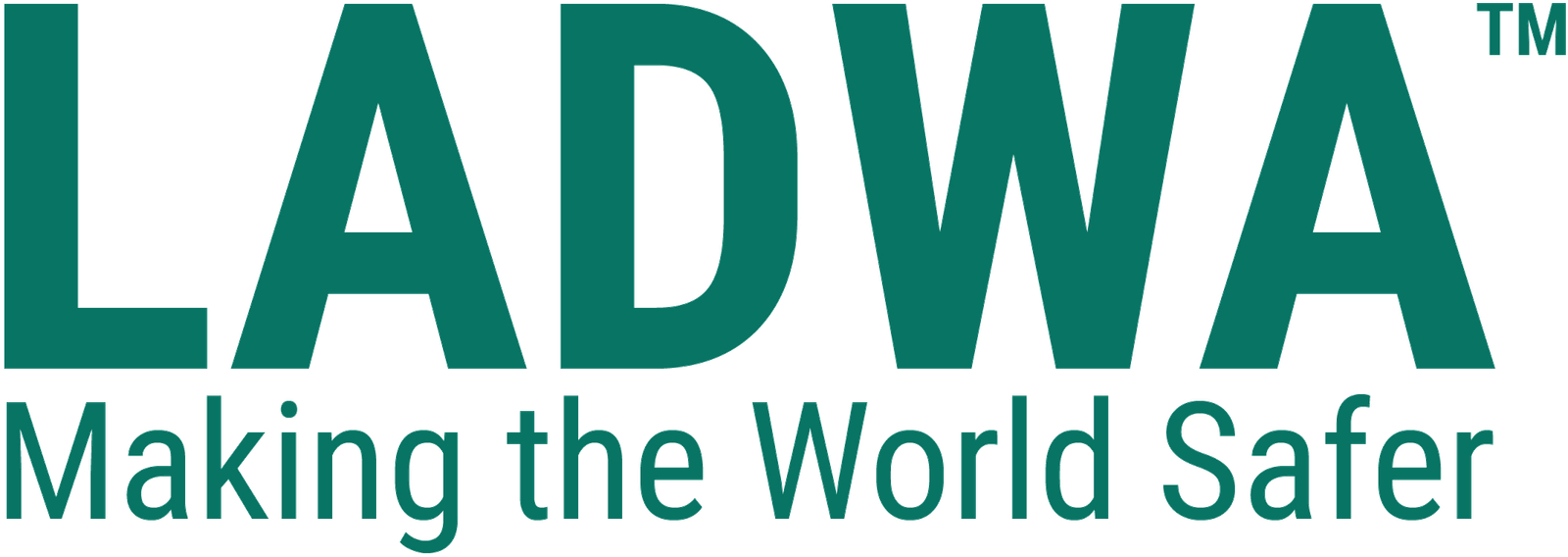The Ultimate Guide About Environment Health & Safety
Environment, health, and safety (EHS) refers to the principles, practices, and procedures that organizations implement to safeguard the health and well-being of people and the environment. It encompasses a wide range of issues, including occupational health and safety, environmental protection, and sustainability. This ultimate guide will provide an overview of EHS, its importance, and the strategies that organizations can adopt to create a safe and healthy workplace.
What is Environmental Health & Safety?
Environmental health and safety (EHS) is a discipline that focuses on protecting the health and safety of people and the environment from potential hazards in the workplace and surrounding areas. It involves identifying, assessing, and managing risks associated with environmental factors, such as air and water pollution, hazardous waste, and workplace safety. EHS programs aim to ensure compliance with environmental regulations and safety standards, prevent accidents and illnesses, and promote sustainability and responsible resource management. EHS is essential in a variety of industries, including manufacturing, construction, healthcare, and transportation, among others.
Why is Environmental Health & Safety Important?
EHS is essential for several reasons. Firstly, it helps organizations comply with regulations and laws related to environmental protection and occupational health and safety. Secondly, it helps reduce workplace accidents and injuries, which can lead to a more productive and efficient workforce. Thirdly, it demonstrates a commitment to sustainability, which can improve the organization’s reputation and help attract and retain employees and customers.
Environmental health and safety (EHS) is important for several reasons, including:
- Protection of human health: EHS measures are designed to protect people from exposure to hazardous materials and unsafe work conditions, which can cause injury, illness, or even death. EHS programs aim to ensure that workers and the public are safe from potential hazards in the environment.
- Compliance with regulations: EHS programs help organizations comply with environmental regulations and safety standards. Non-compliance can result in fines, legal liability, and damage to the organization’s reputation.
- Improved productivity: A safe and healthy workplace can lead to increased productivity, reduced absenteeism, and improved morale among employees. EHS programs can help organizations identify and mitigate potential hazards, reducing the likelihood of accidents and injuries that can disrupt operations.
- Sustainability: EHS programs promote responsible resource management and sustainable practices, reducing the organization’s impact on the environment and preserving natural resources for future generations.
- Reputation: A commitment to EHS can improve an organization’s reputation, attracting and retaining employees and customers who value ethical and sustainable practices.

Strategies for Implementing EHS
- Establish an EHS Policy: An EHS policy is a written statement that outlines the organization’s commitment to environmental protection, health, and safety. The policy should set out the goals and objectives of the EHS program, as well as the roles and responsibilities of all stakeholders.
- Conduct a Risk Assessment: A risk assessment is a process that identifies potential hazards in the workplace and evaluates the level of risk associated with each hazard. This process helps organizations prioritize their EHS efforts and develop effective strategies for mitigating risks.
- Train Employees: Employee training is an essential component of EHS. It ensures that employees are aware of the risks associated with their work and how to mitigate those risks. Training should be ongoing and cover topics such as hazard identification, emergency preparedness, and safe work practices.
- Implement Safety Measures: Safety measures can include physical changes to the workplace, such as installing guardrails or safety barriers, as well as administrative controls, such as implementing work procedures and providing personal protective equipment.
- Monitor and Evaluate Performance: Monitoring and evaluating the EHS program’s performance is essential to ensure that it remains effective and relevant. Performance indicators can include the number of accidents and injuries, the number of hazards identified and mitigated, and employee satisfaction with the EHS program.
Read More: Is EHS Environmental Health and Safety a Good Career
10 Tips for Better Environmental Health & Safety Management
Here are ten tips for better environmental health and safety (EHS) management:
- Create a culture of safety: A culture of safety should be created where employees are encouraged to prioritize safety and sustainability in their work.
- Conduct regular training and education: Regular training and education should be provided to employees to ensure that they are aware of potential hazards and best practices for minimizing those hazards.
- Establish EHS goals and objectives: Clear EHS goals and objectives should be established and communicated to employees to help focus their efforts on achieving those objectives.
- Monitor and measure EHS performance: Regular monitoring and measurement of EHS performance can help identify areas for improvement and ensure compliance with regulations and standards.
- Involve all stakeholders: All stakeholders, including employees, managers, contractors, suppliers, and customers, should be involved in EHS management efforts.
- Conduct regular risk assessments: Regular risk assessments should be conducted to identify potential hazards and implement measures to mitigate those risks.
- Implement safety procedures and protocols: Safety procedures and protocols should be implemented and followed to ensure that employees are working safely and efficiently.
- Provide personal protective equipment (PPE): Appropriate personal protective equipment should be provided to employees to ensure that they are protected from potential hazards.
- Continuously improve EHS performance: EHS performance should be continuously improved by identifying areas for improvement and implementing measures to mitigate risks.
- Maintain compliance with regulations and standards: Compliance with regulations and standards should be maintained to ensure that the organization is operating safely and ethically.
Here are some useful resources for further information on environmental health and safety (EHS)
- Occupational Safety and Health Administration (OSHA): OSHA is a government agency that sets and enforces standards for workplace health and safety. Its website offers a wealth of information on EHS, including regulations, guidance documents, and training resources.
- National Institute for Occupational Safety and Health (NIOSH): NIOSH is a research agency that focuses on preventing work-related injuries, illnesses, and deaths. Its website offers a range of resources on EHS, including publications, databases, and training materials.
- Environmental Protection Agency (EPA): The EPA is a government agency that works to protect human health and the environment. Its website offers a range of resources on EHS, including regulations, guidance documents, and tools for managing environmental risks.
- American Society of Safety Professionals (ASSP): The ASSP is a professional association that supports the safety profession through education, advocacy, and networking. Its website offers a range of resources on EHS, including publications, training courses, and professional development opportunities.
- The National Safety Council (NSC): The NSC is a non-profit organization that promotes safety and health in the workplace, on the road, and in homes and communities. Its website offers a range of resources on EHS, including publications, training courses, and safety events.
Conclusion
In conclusion, understanding and prioritizing Environment Health and Safety (EHS) is crucial for individuals, businesses, and society as a whole. This guide has provided an in-depth overview of various EHS topics, including the importance of sustainability, risk management, and compliance with regulations. By implementing EHS measures, we can ensure the health and well-being of ourselves, our communities, and the planet for generations to come.








